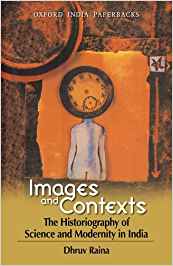What is the history of science a history of? The answer to this question is not as self evident as might appear. The answer that it is a history of “science” simply invites the further question: what is science? How are its boundaries to be demarcated? By whose authority are certain practices to be designated as “scientific?” Can the history of science be really independent of a philosophy of science, independent that is of assumptions about what science is? But is the philosophy of science itself a descriptive or normative enterprise? Does it simply reveal the assumptions that lie behind a certain kind of activity, or does it prescribe authoritative norms for that activity? What is the purpose of the history of science? Is it to describe the presence and growth of certain cognitive practices, or is it an attempt to explain them? If it is an explanatory enterprise, what would count as a successful explanation? Is scientific activity to be explained in terms of the unfolding of certain ideas? Is it to be explained by social causes? Is it to be explained by the diffusion of institutional forms? If these questions were not complicated enough, try adding another layer of puzzles. What would the history of a history of science be a history of? If “science” is a contested term, “history” is even more so.

An Equmenical Approach
Pratap Bhanu Mehta
IMAGES AND CONTEXTS: THE HISTORIOGRAPHY OF SCIENCE AND MODERNITY IN INDIA by Dhruv Raina Oxford University Press, New Delhi, 2004, 232 pp., 545.00
January 2004, volume 28, No 1
